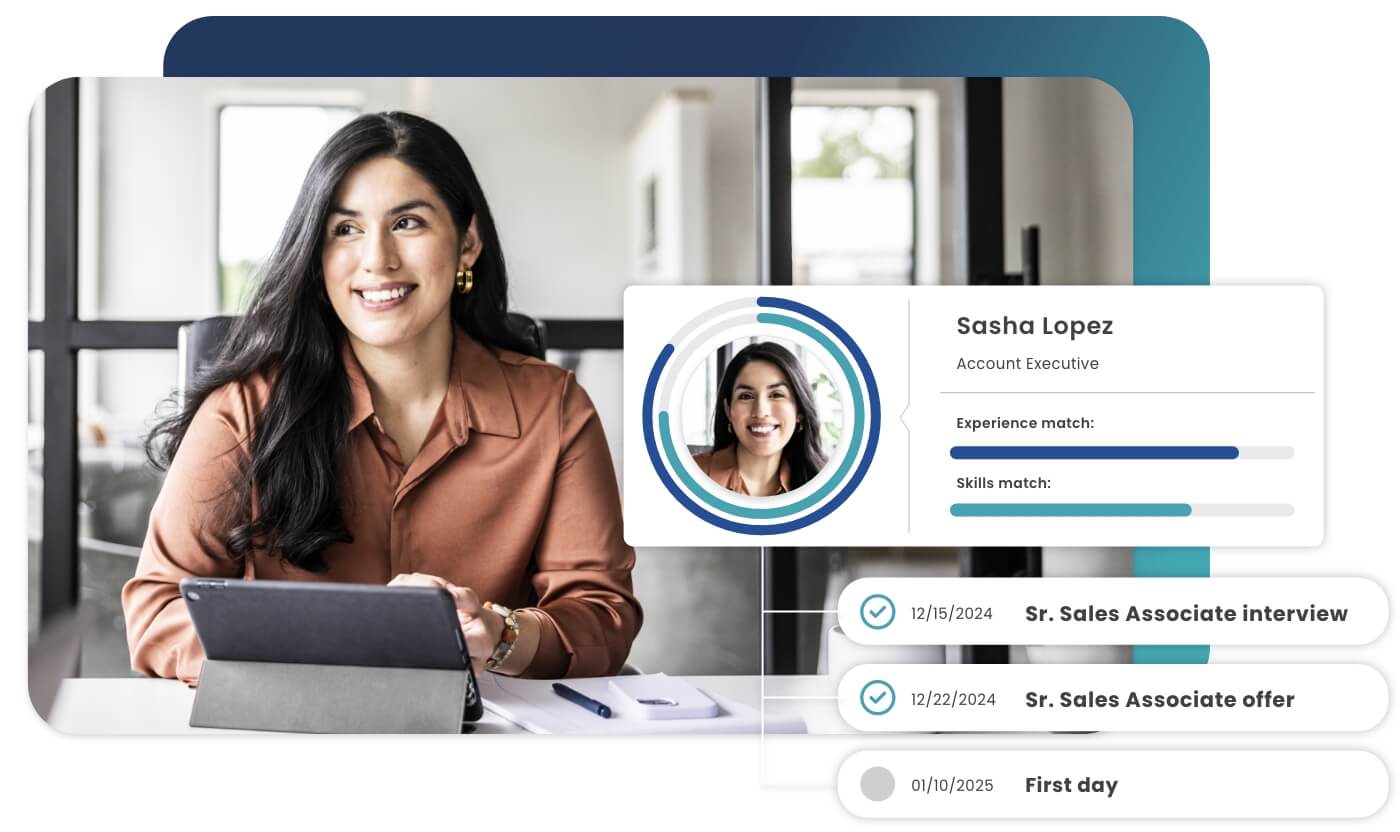

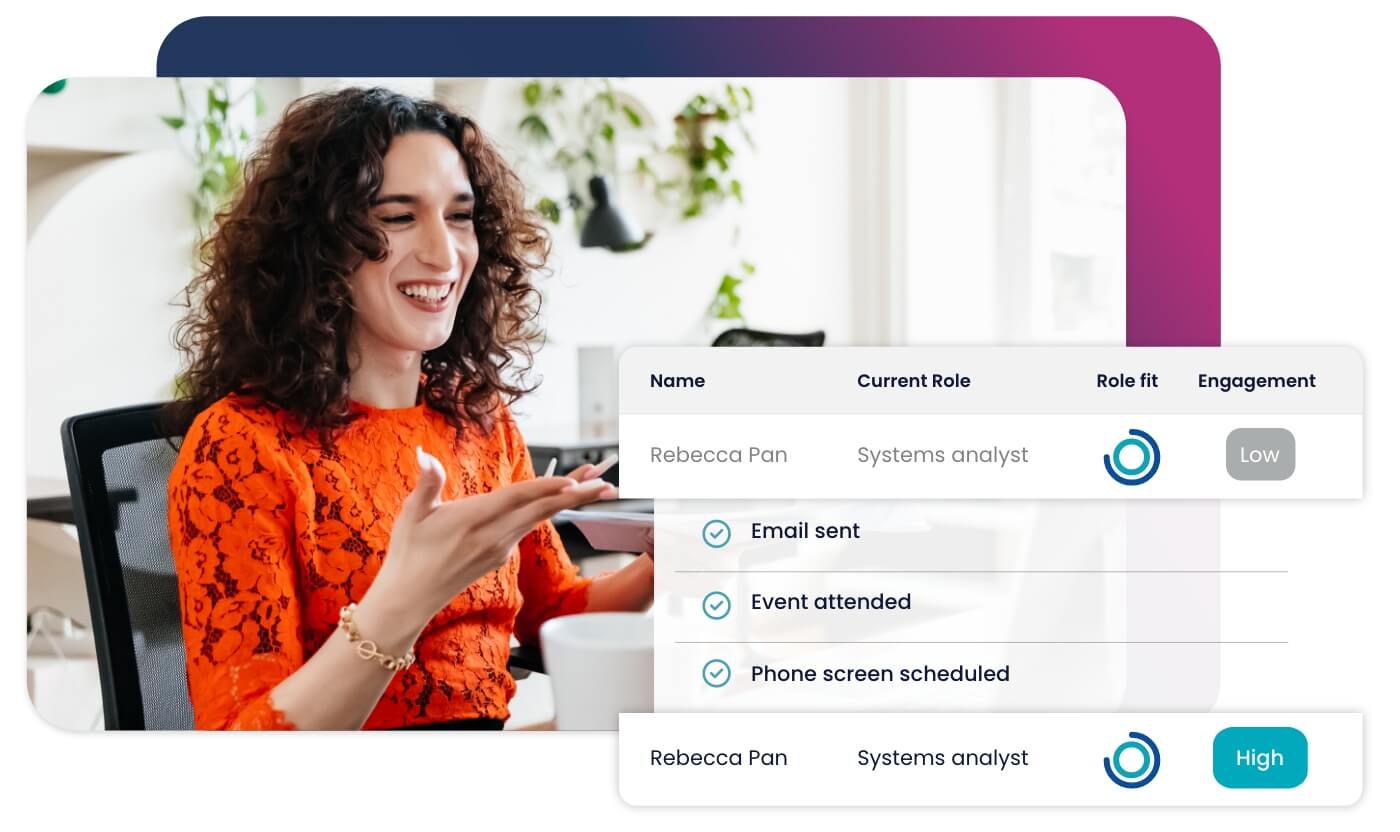
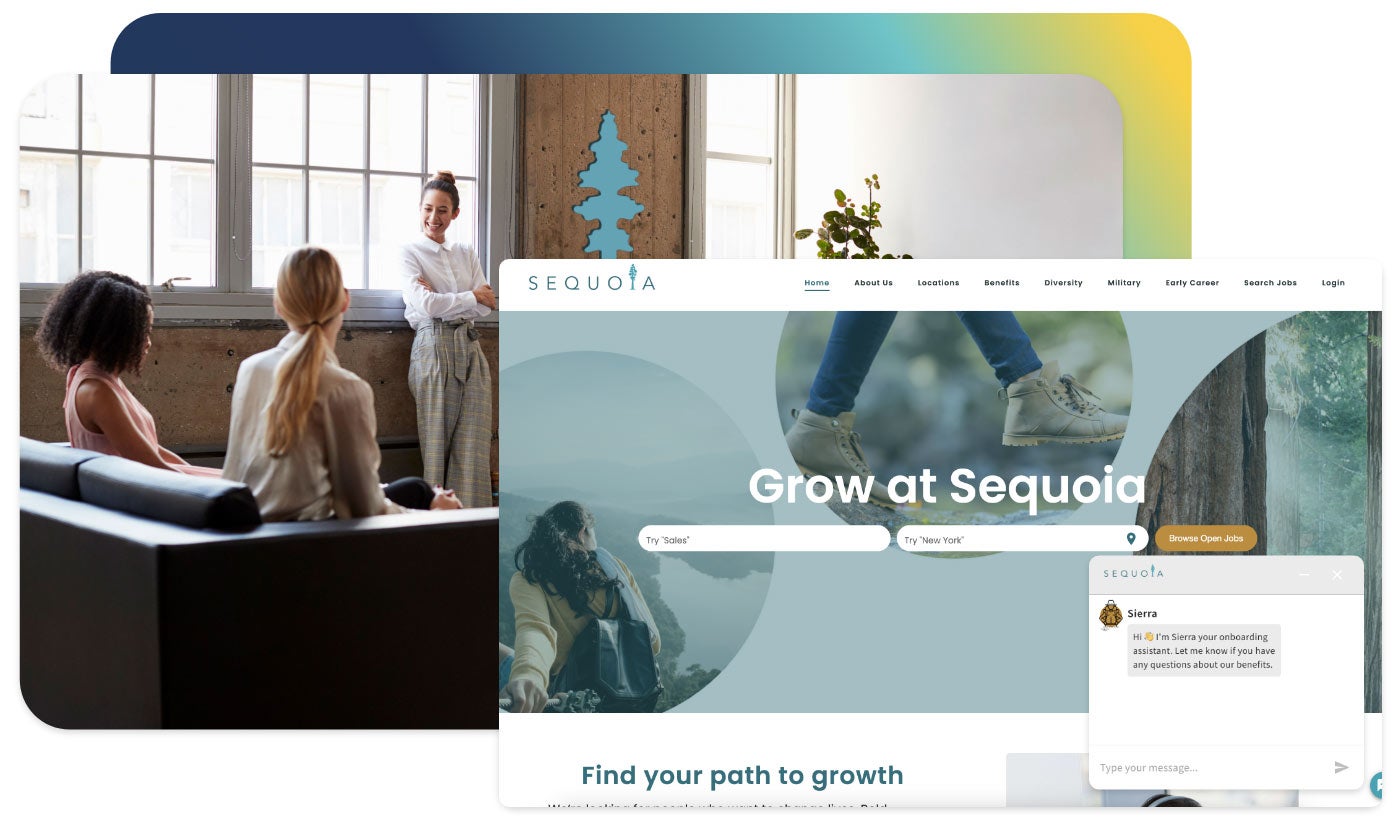


Accelerate hiring key talent to deliver care and exceed patient satisfaction.

Attract skilled candidates, speed up hiring and grow expertise in your workforce.

Simplify recruiting finance and banking talent with a platform for hard-to-fill roles.


Build a talent pipeline that engages and drives your business forward.


See how diverse and global enterprises use iCIMS to employ millions, drive innovation and connect communities worldwide.

Uncover unique market insights, explore best practices and gain access to talent experts across our library of content.


View press releases, media coverage, the latest hiring data and see what analysts are saying about iCIMS.


Streamline your tech stack and take advantage of a better user experience and stronger data governance with ADP and iCIMS.
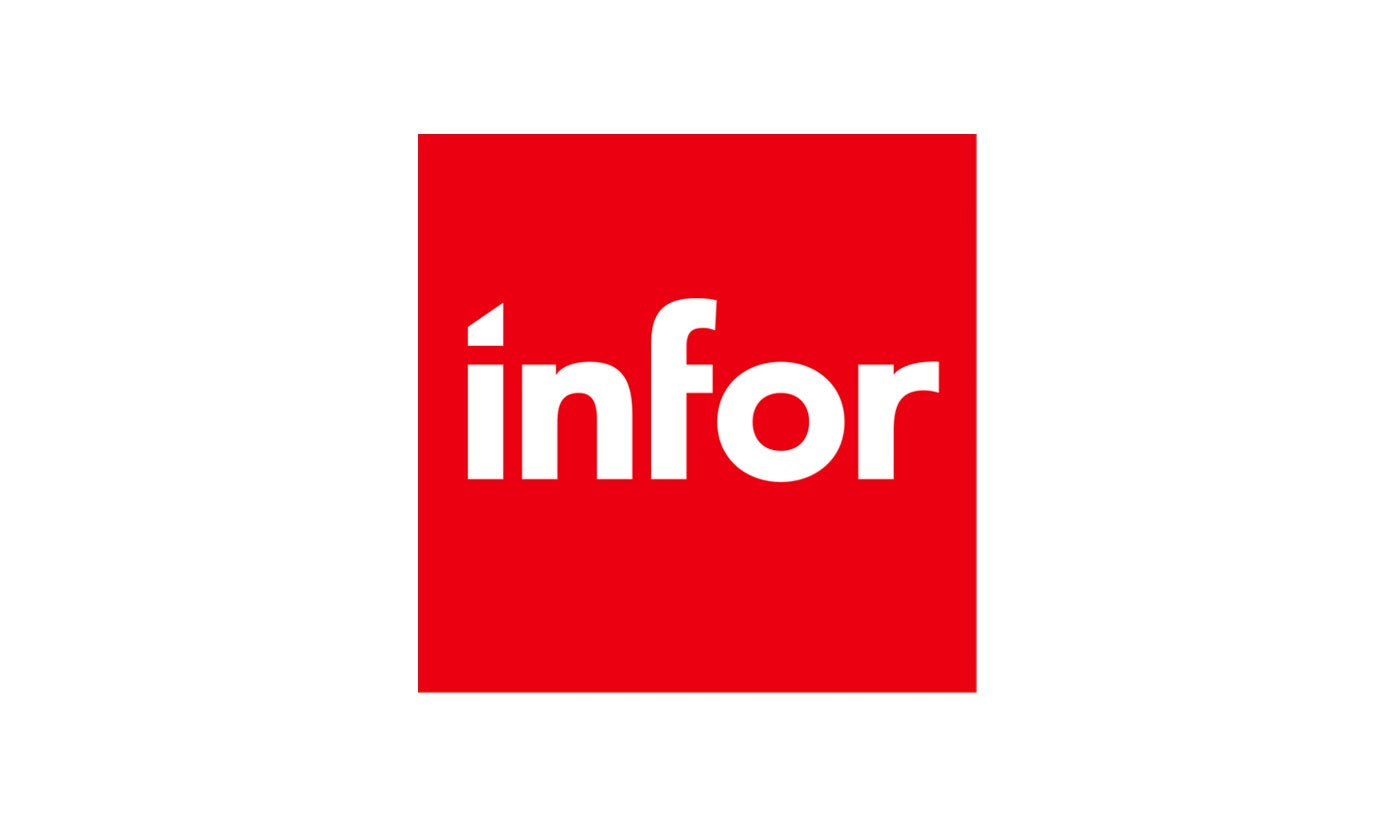
The combined power of iCIMS and Infor helps organizations strategically align their business and talent objectives.
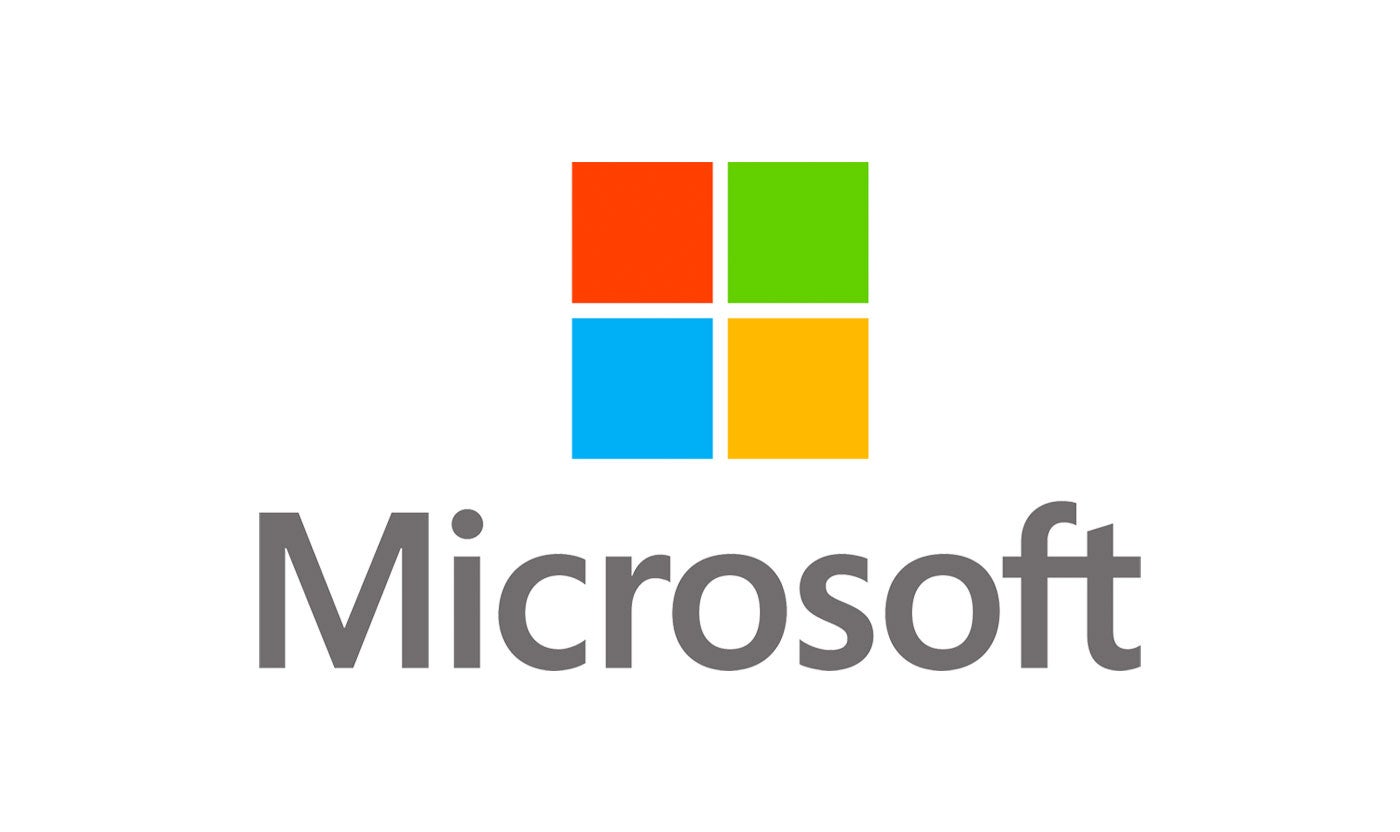
Our award-winning partnership with Microsoft is grounded in a shared desire to transform the workplace and the hiring team experience.
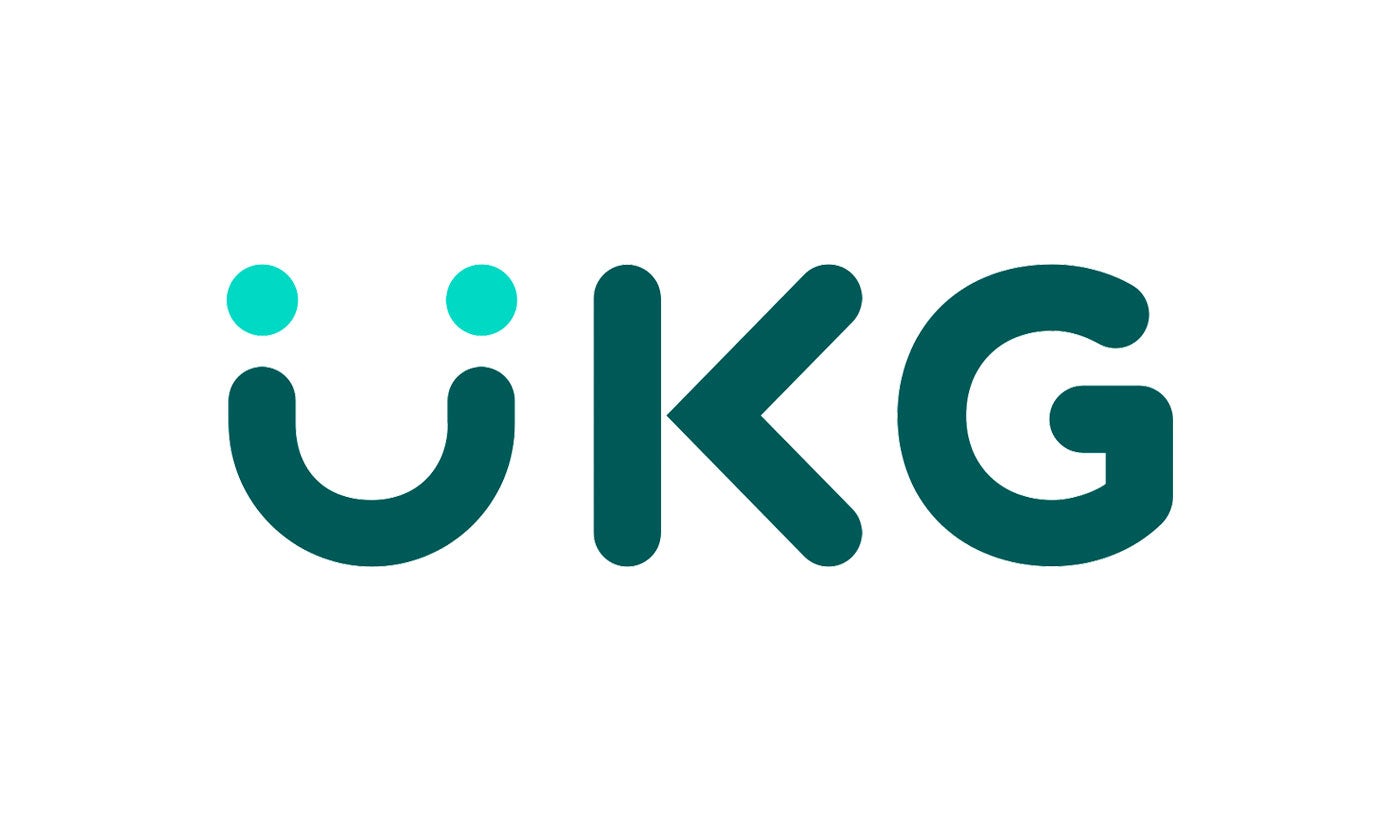
Our partnership with Ultimate Kronos Group (UKG) supports the entire talent lifecycle by bringing frictionless recruiting solutions to UKG Pro Onboarding.

Candidate-facing technology often gets the most attention. Examples include snazzy career sites, interactive recruiting chatbots, and customizable offer letters. In a way it makes sense – these products and features have the most direct and obvious impact on an employer’s ability to source and engage candidates.
But don’t overlook your applicant tracking software (ATS) to fill the same role. The humble ATS may not generate the same sort of buzz as text recruiting software, but that doesn’t mean it’s any less capable. In fact, your ATS plays one of the most significant roles in attracting and hiring talent – if you tap into its full potential.
Here are three ways you can hack your ATS to attract and hire talent.
(Editor’s Note: for more on what an ATS does, check out our glossary entry here).
If you were to start a job search right now, what would be your first move? Would you pull up LinkedIn? How about Indeed? Would you call a former colleague you trust? Or would you scour the career sites of employers in your industry?
More than 70% of job seekers don’t start in any of those places. Instead, they turn to Google.
Job boards are middlemen. They thrive because they rank high in Google searches whereas your career site probably doesn’t. And that’s precisely why employers shell out the big bucks to advertise their jobs with on these sites.
Unfortunately, this isn’t the best experience for candidates. They end up filling out multiple profiles and registering for multiple career sites. And that’s not their aim – they just want to search and apply for jobs.
Then Google started shaking up the game by scraping jobs directly from employers’ career sites. This cuts out the job boards entirely. That’s a win for candidates and a win for your recruitment marketing budget.
Your applicant tracking system should have fields that correspond to what Google uses to list and prioritize the jobs it shows. Did you know iCIMS was the first to partner with Google to make the process easier and improve search results?
While we take care of the backend, here’s a few ways to boost your searchability:
Some will argue a long application is a good thing. It separates out the dedicated from the mildly interested. Maybe that’s true. Or maybe it’s a great way to kill enthusiasm.
Here’s a better alternative: use career sites to showcase your company and culture before job seekers apply to your ATS. Get hyper-targeted for specific skills, experiences, and traits. It’s a more effective way to excite good-fits and encourage poor-fits to look elsewhere without wasting anyone’s time.
Regardless of the role, the application process should be as simple and quick to complete as possible. Think relevant experience, skills, and qualifying questions. You don’t need to know everything about a candidate to start evaluating them.
A great way to start is to set up your ATS to build and add on to candidate profiles over time. For example, you might add reference lists or the results of skills and personality assessments further into the process – this rarely needs to be accomplished in the initial application.
Resume parsing is also a big benefit to candidates – it saves them from having to enter the same information twice. Many candidates also appreciate the option to pull relevant information from their social profiles like LinkedIn.
Waiting to hear back from an employer is stressful, especially during these uncertain times. One of the best things employers can do is overcommunicate. But how much is too much?
Here’s a general rule of thumb: if you’re wondering if you should reach out, reach out. Go ahead and send that update if it’s been a few days since your last one – even if it’s only to say there’s no update yet. Your candidates will appreciate it.
Unfortunately, having the time can be a challenge. But did you know your ATS can save you time by sending automated emails and text messages to candidates?
But isn’t a personal note more effective than an automated email or text? Sure, sometimes. But candidates don’t always need personal.
Above all, candidates want to know where they stand. Do you care that the order confirmation or tracking number for that package you ordered isn’t personal? No, you just want to know your order processed and when it will arrive. The same principle applies here. By automating some communication, you’ll have more time to deliver bigger updates yourself.
Bottom line: Keep candidates informed and feeling good about their decision to apply. Use your ATS to automate messages so they’re helpful, frequent, and don’t eat into your day.
Ready to learn more? Check out Power Your Business with Virtual Hiring for tools and tips for hiring remotely. Click the link below to get your copy.





